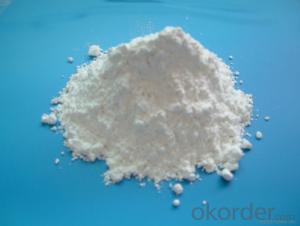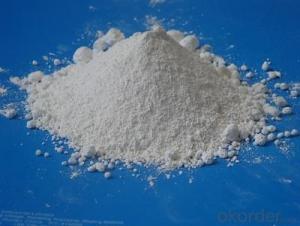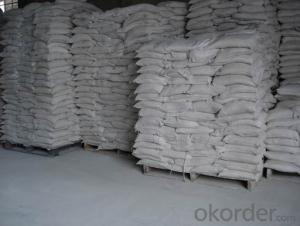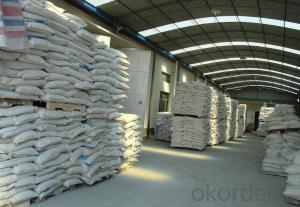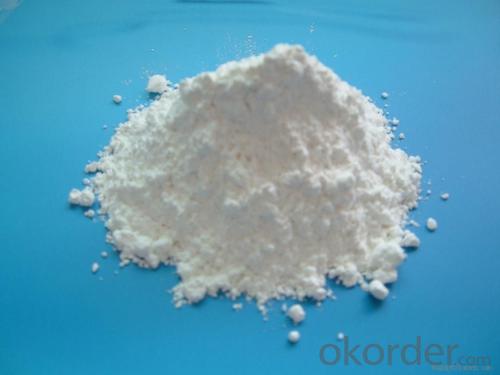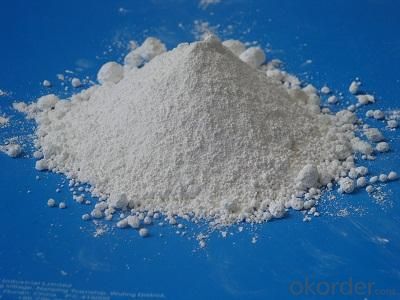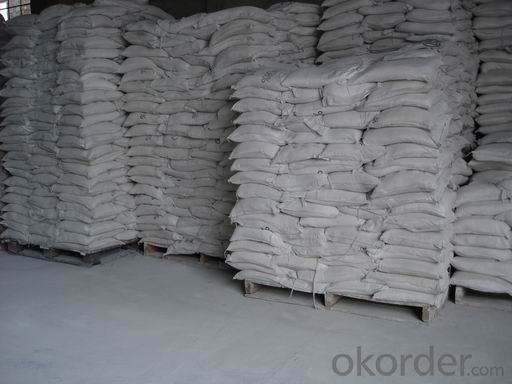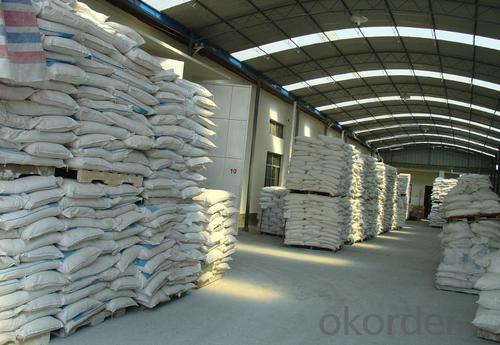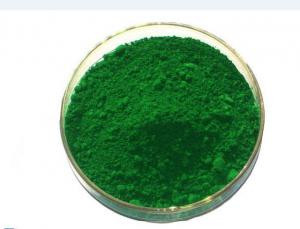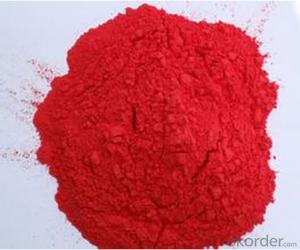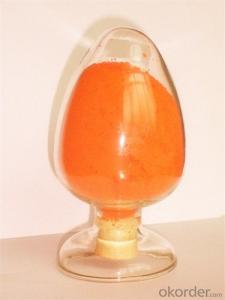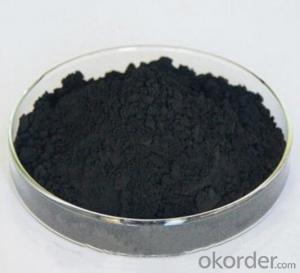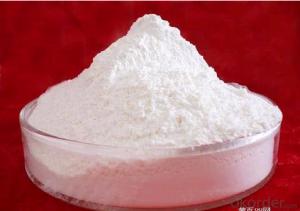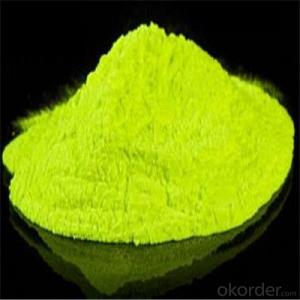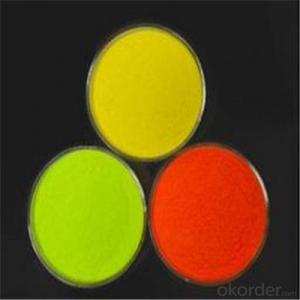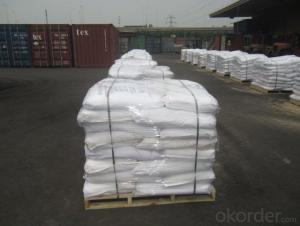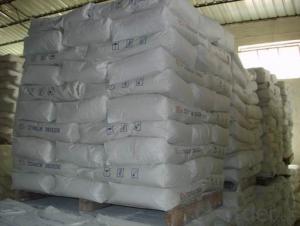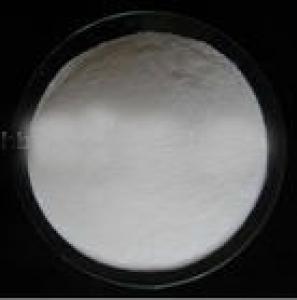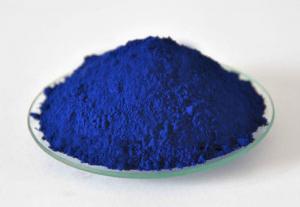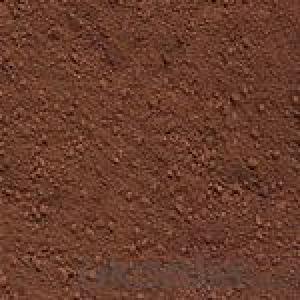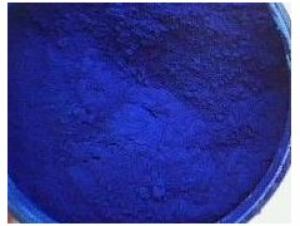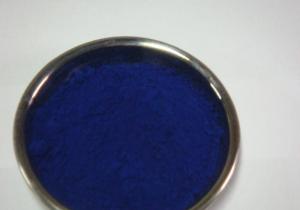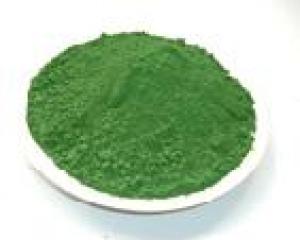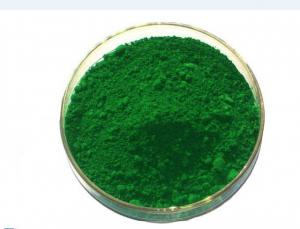Pigment chemical lithopone pigments B301 B311 Manufacturer
- Loading Port:
- Tianjin
- Payment Terms:
- TT OR LC
- Min Order Qty:
- 20 m.t.
- Supply Capability:
- 2000 m.t./month
OKorder Service Pledge
OKorder Financial Service
You Might Also Like
Specifications of lithopone pigments for plastic
lithopone pigments
1,good quality and reasonable price
2,free sample
3,SGS,BV,CIQ inspection.
Pigment chemical lithopone pigments for plastic
1. Product name: Lithopone
2. Chemical formula: ZnS+BaSO4
3. Other Names:Barium zinc sulfate
4. CAS No.: 1345-05-7 H.S. Code: 3206421000
5. EINECS: 215-715-5
Appearance: A white, odorless powder. Insoluble in water. It’s has good whiteness and envelop ability.
6. Properties: This product is a kind of new-style nontoxic. Green non-pollution, lithopone than traditional lithopone albedo high, hiding power, fineness and high-temperature weatherability, strong characteristic.
7. Application: Mainly used of coatings, printing ink, rubber, plastic, powder, profiles, paint, paper, and leather, etc.
8. Package:25kgs/PP bag,25MT/20’FCL
Technology Data:
ITEM | Specification | |
B311 | B301 | |
Total Zinc and Barium Sulphate %≥ | 99.0 | 99.0 |
Zinc Sulfide Content %≥ | 30.0 | 28.0 |
Zinc Oxide Content %≤ | 0.3 | 0.6 |
Tinter Reducing Power, Compared with Standard Samples ≥ | 105 | 100 |
105°C Volatile matter %≤ | 0.3 | 0.3 |
Water solubles %≤ | 0.3 | 0.4 |
Water suspension Ph-value | Neutral | 6.0-8.0 |
Oil absorption,g/100g≤ | 6.0-8.0 | 14 |
Residue on sieve 45um %≤ | 5 | 5 |
9. Payment: T/T, L/C
10. Packing picture: 25kg pp bag, 25MT/20'FCL
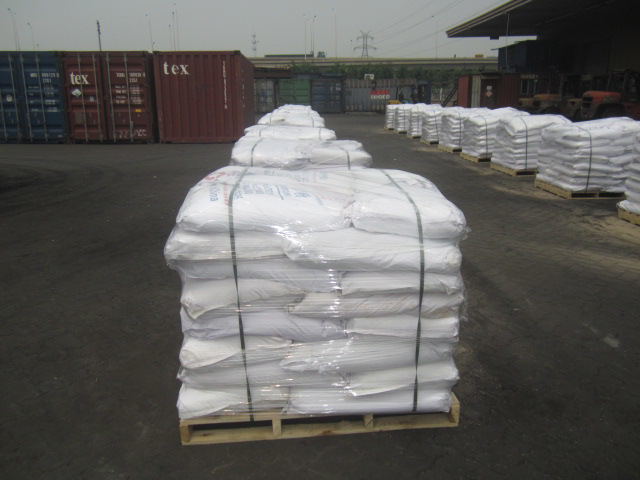
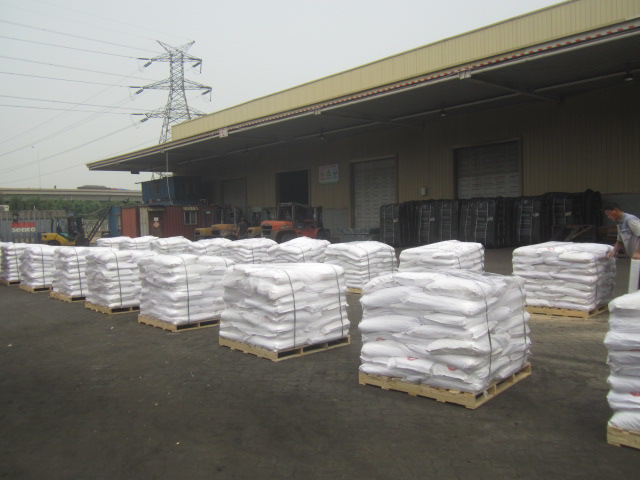
- Q: What is the difference between dyes and pigments? Could you give some examples of each one please.
- nan
- Q: I hear about it cause my Friend is albino and she was born with no pigments in her hair,skin or eyes
- a pigment is a naturally produced substance in humans and nature in general, that reflects light that is perceived by our eyes as colour -a person without pigment would show totally white hair, and pale pink skin and eyes (the pink is from the blood vessels) -we have it to protect us from the sun --> naturally dark or tanned people have lots, rarely get burned or skin cancer; fair-skinned people were designed for the northern areas with less sunlight, burn easily
- Q: Explain light activation of pigments (absorption of light by pigments)?
- A pigment is a substance that imparts color by absorbing some frequencies of visible light but not others. For instance, there are a lot of substances that absorb ultraviolet light into the visible spectrum, in other words they also absorb plain violet light. Since they absorb violet light but reflect back the rest of light, they appear yellow. Purple pigments, on the other hand, are quite rare because they absorb purple light (which has the highest energy of visible light) and reflect back everything else. When anything absorbs a photon of electromagnetic radiation (light, x-rays, ultraviolet, infrared, microwaves, gamma rays, radio waves), it is activated which means that it takes the energy of the photon and goes to an energy state that is higher by the same amount of energy that was in the photon. At the molecular level, energy is quantized, meaning its restricted to particular states. For instance, vibrational energy corresponds to infrared light: there are only certain ways, called modes, that a molecule can vibrate in, if it can't vibrate in an appropriate mode, it can't absorb the infrared radiation that corresponds to being promoted to that mode. That's why substances can be transparent. At the higher energy state, the substance might be able to participate in chemical reactions that it would not be able to participate in in a lower state. That's usually what is meant by light activation. So a pigment that absorbs visible or UV light might become activated and react with something or react in ways that it wouldn't be able to in the dark.
- Q: can pigment ink be used to tattoo?
- Pigment ink? Tattoo ink is pigment ink. Printer ink is pigment ink. Crayola markers are pigment ink. It all comes down to what it's manufactured for and whom is doing the manufacturing. Reputable shops use certain brands of tattoo ink for a reason. Using something not made for the human body at all makes for an ugly tattoo and can cause infections or other problems seeing as nothing in it's manufacturing process is sanitary or compatible with use in skin.
- Q: what the book says is that they 'harvest additional wavelengths.' i don't know what this means to how its an advantage.. can somone explain?
- in leaves accesory pigments are important because chlorophyll the main plants pigment are easilly broken down by low temperature. if chlorophyll, the green pigmnet is broken down accesory pigments give the leaves its color, usually orange, yellow
- Q: I have dyed my hair dark brown for months now it keeps fading because i've had bleach on before hand, so I need some advice on buying decent hair dyes for pre-pigmenting it so my hair dye stops fading out into a horrible gingery brown!
- Pre Pigmenting Will Help Prevent Fading But, You Said Your Hair Had Been Bleached Before. So, You May Need Some DEEP Protien Reconditioning Too. Start By Using A Good Protien Treatment After Every Shampoo. Then, Use A Color Treatment Like ARCtec (Found In Salons And Beauty Supplies) This Will Build-Up The Hair's Pigment Levels. There Are Also Pre-Color Treatments Like L'OREAL Pre-Color Primer, That Will Help Color To Take More Evenly And Last Much Longer. Also, Try MATRIX ForteThérapie Cera-Repair. It Contains Ceramides, Which Are The Glue That Hold Hair And Skin Cells Together. With The Internal Structure And Surface Cells On The Hair (The Cuticle) Reinforced, Your Color WILL Last Longer.
- Q: We see pigments everywhere in products. They make a variety of things we see today. Where does it come from? Do they actually take a red rose pedal, grind the color and designate it as the color red?
- Pigments come from many sources, and often the name of the color indicates the source. For example, lead white, titanium white and zinc white are lead, titanium and zinc oxides. Cobalt blue is a compound of cobalt. Many pigments are found in nature from minerals, plants and insects. Many more are produced in the laboratory and have chemical names such as the analine dyes.
- Q: If they are not the same, then what is the difference? Please help me out here.
- Yes, tannins are pigments but they aren't really the main plant pigment. Plant pigments usually refer to photosynthetic pigments (chlorophyll, carotenoids, etc.). These photosynthetic pigments give the leaves their green color (or yellow/orange in the fall). Tannins are non-photosynthetic phytochemical (involved in plant metabolism and internal functioning), but they are also a pigment. Tannins (and lignins) are brown. This is was gives dead leaves and wood their color. Tannins also leach out of the leaves when soaked in water (same process as brewing a cup of tea). So tannins are pigments when they leach out of leaves and stain water (or other things) brown, but they are not photosynthetic plant pigments. In other words, it depends on what context you are calling a tannin a pigment. In a live plant they are not a pigment (judgment call here). In a dead leaf or when they leach out of a leaf they are a pigment.
- Q: hahahai have no clue what that means!
- Color.
Send your message to us
Pigment chemical lithopone pigments B301 B311 Manufacturer
- Loading Port:
- Tianjin
- Payment Terms:
- TT OR LC
- Min Order Qty:
- 20 m.t.
- Supply Capability:
- 2000 m.t./month
OKorder Service Pledge
OKorder Financial Service
Similar products
Hot products
Hot Searches
Related keywords
